Home>Gardening & Outdoor>Landscaping Ideas>Why Are Grass Spiders In My House
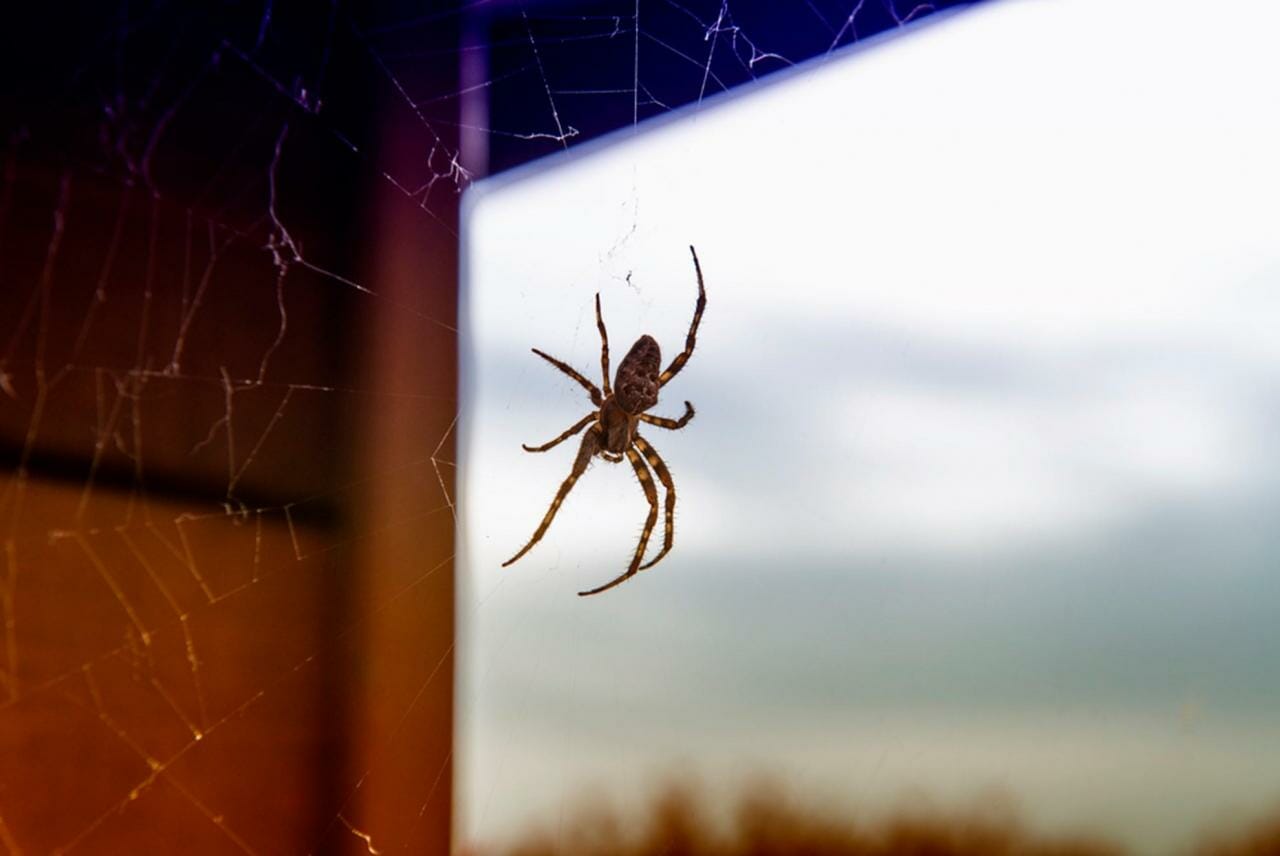

Landscaping Ideas
Why Are Grass Spiders In My House
Published: January 29, 2024
Discover effective landscaping ideas to keep grass spiders out of your house. Learn how to create a spider-resistant outdoor environment.
(Many of the links in this article redirect to a specific reviewed product. Your purchase of these products through affiliate links helps to generate commission for Storables.com, at no extra cost. Learn more)
Introduction
Welcome to the fascinating world of landscaping and the creatures that inhabit it. If you’ve ever found yourself pondering the presence of grass spiders in your home, you’re not alone. These eight-legged arachnids are known for their affinity for outdoor spaces, but they occasionally find their way indoors, sparking curiosity and sometimes concern among homeowners.
In this article, we’ll delve into the world of grass spiders, shedding light on their appearance, behavior, and the reasons behind their occasional presence within the confines of our homes. By understanding these fascinating creatures, you’ll be better equipped to coexist with them peacefully and perhaps even appreciate the role they play in maintaining ecological balance.
Key Takeaways:
- Grass spiders may enter homes in search of food and inadvertently through items like firewood. Understanding their behavior can help homeowners manage their presence effectively.
- To prevent grass spiders in the house, seal entry points, reduce clutter, maintain outdoor areas, control pests, use natural deterrents, and seek professional help if needed. This promotes peaceful cohabitation with minimal conflict.
Read more: Why Are There Always Spiders In My Bathtub
Identifying Grass Spiders
Grass spiders, scientifically known as Agelenopsis, are a common sight in outdoor environments, especially in grassy and wooded areas. They are recognized by their characteristic appearance, which includes a light brown or tan cephalothorax (the front part of the body) and an elongated abdomen marked with dark stripes. Their legs are typically adorned with alternating light and dark bands, adding to their distinctive look.
Measuring around half an inch to one inch in body length, these spiders are relatively small compared to other arachnid species. Their size, coupled with their unobtrusive nature, often leads them to go unnoticed until they make an unexpected appearance indoors.
One of the key features that distinguish grass spiders from other common household spiders is their behavior. These creatures are known for their intricate funnel-shaped webs, which they construct in grassy areas, shrubs, and other low-lying vegetation. The presence of these webs can serve as a telltale sign of grass spider activity in your immediate surroundings.
When indoors, grass spiders tend to seek out quiet, undisturbed areas such as basements, garages, and crawl spaces. Their preference for these secluded spots aligns with their reclusive nature, as they are generally non-aggressive and prefer to avoid human interaction whenever possible.
By familiarizing yourself with the physical characteristics and behavioral traits of grass spiders, you’ll be better equipped to identify them and understand their habits, which is crucial for addressing any concerns related to their presence in your home.
Reasons for Grass Spiders in the House
It’s not uncommon to wonder why grass spiders occasionally venture into our homes, seemingly straying from their natural outdoor habitats. Understanding the factors that may attract these arachnids indoors can provide valuable insight into managing their presence effectively.
One of the primary reasons grass spiders may find their way into homes is the pursuit of prey. These spiders feed on a variety of small insects and pests, and if their outdoor hunting grounds become scarce or if an abundance of prey is present indoors, they may venture inside in search of sustenance. In this sense, the presence of grass spiders can actually serve as a natural indicator of an underlying pest issue, prompting homeowners to address potential pest infestations proactively.
Another contributing factor to the presence of grass spiders indoors is the inadvertent transportation of their egg sacs. These sacs, which contain numerous spiderlings, can easily hitch a ride indoors on items such as firewood, outdoor furniture, or gardening equipment. Once inside, the spiderlings may hatch and disperse, leading to the emergence of grass spiders within the home environment.
Furthermore, the layout and design of a home can inadvertently create hospitable environments for grass spiders. Cluttered and undisturbed areas, such as storage spaces, attics, and basements, provide suitable conditions for these spiders to establish their presence. Additionally, gaps and openings in the building’s exterior can serve as entry points for these small creatures, allowing them to infiltrate the interior of the home.
It’s important to note that the presence of grass spiders in the house is not necessarily indicative of poor hygiene or maintenance. Rather, it often reflects the interconnectedness of indoor and outdoor ecosystems and the natural behaviors of these arachnids. By recognizing the underlying reasons for their presence, homeowners can take proactive measures to address contributing factors and manage grass spider populations effectively.
Prevention and Control
Managing the presence of grass spiders in and around your home involves a combination of preventive measures and targeted control strategies. By implementing these approaches, you can create an environment that is less conducive to spider activity while minimizing the need for extensive intervention.
1. Seal Entry Points:
Inspect the exterior of your home for any gaps, cracks, or openings that may serve as entry points for spiders. Seal these areas using caulk or appropriate sealants to prevent spiders from infiltrating the interior spaces.
Read more: How To Keep Spiders Off My Patio
2. Reduce Clutter:
Minimize clutter in storage areas, basements, and attics to eliminate potential hiding spots for grass spiders. Regularly decluttering and organizing these spaces can deter spider activity and make it easier to detect any signs of infestation.
3. Outdoor Maintenance:
Keep the exterior of your home well-maintained by trimming vegetation, clearing away debris, and minimizing areas of dense vegetation near the building. By creating a less hospitable outdoor environment for spiders, you can reduce the likelihood of their presence near entry points.
4. Pest Control:
Address underlying pest issues by implementing integrated pest management strategies. By controlling the populations of potential prey for grass spiders, such as insects and other arthropods, you can indirectly reduce the attractiveness of your home as a hunting ground for these spiders.
5. Natural Deterrents:
Consider using natural deterrents, such as essential oils with spider-repelling properties, to discourage grass spiders from establishing their presence indoors. Peppermint, tea tree, and citrus oils are known for their potential effectiveness in deterring spiders while adding a pleasant aroma to the indoor environment.
Read more: What Is My House’s Standard Drainage Size
6. Professional Assistance:
If grass spider populations become unmanageable or if you require expert guidance, consider seeking the assistance of pest control professionals. They can provide targeted solutions tailored to your specific situation, ensuring effective management of spider populations while prioritizing environmental safety.
By integrating these preventive measures and control strategies into your home maintenance routine, you can create an environment that is less hospitable to grass spiders, thereby minimizing their presence and mitigating any concerns associated with their occasional forays indoors.
Conclusion
As we conclude our exploration of grass spiders and their occasional presence in homes, it’s essential to approach their coexistence with a balanced perspective. These arachnids, while capable of evoking apprehension in some individuals, play a vital role in maintaining ecological harmony by controlling insect populations and contributing to the natural balance of outdoor ecosystems.
By understanding the factors that may lead grass spiders to venture indoors, homeowners can adopt proactive measures to prevent and manage their presence effectively. From sealing entry points to addressing underlying pest issues, a combination of preventive actions and targeted control strategies can create an environment that is less accommodating to these spiders, promoting peaceful cohabitation with minimal conflict.
It’s important to acknowledge the value of these creatures within the broader context of the natural world while also respecting the need to maintain a comfortable and secure living environment. By striking this balance and approaching the management of grass spiders with informed awareness, homeowners can navigate their occasional presence with confidence and composure.
Ultimately, the occasional appearance of grass spiders in the house serves as a gentle reminder of the interconnectedness of indoor and outdoor environments, prompting us to cultivate a harmonious relationship with the diverse array of creatures that share our world. Through mindful awareness and proactive stewardship, we can foster an environment where both humans and grass spiders can thrive in their respective domains, fostering a sense of appreciation for the intricate tapestry of life that surrounds us.
Frequently Asked Questions about Why Are Grass Spiders In My House
Was this page helpful?
At Storables.com, we guarantee accurate and reliable information. Our content, validated by Expert Board Contributors, is crafted following stringent Editorial Policies. We're committed to providing you with well-researched, expert-backed insights for all your informational needs.
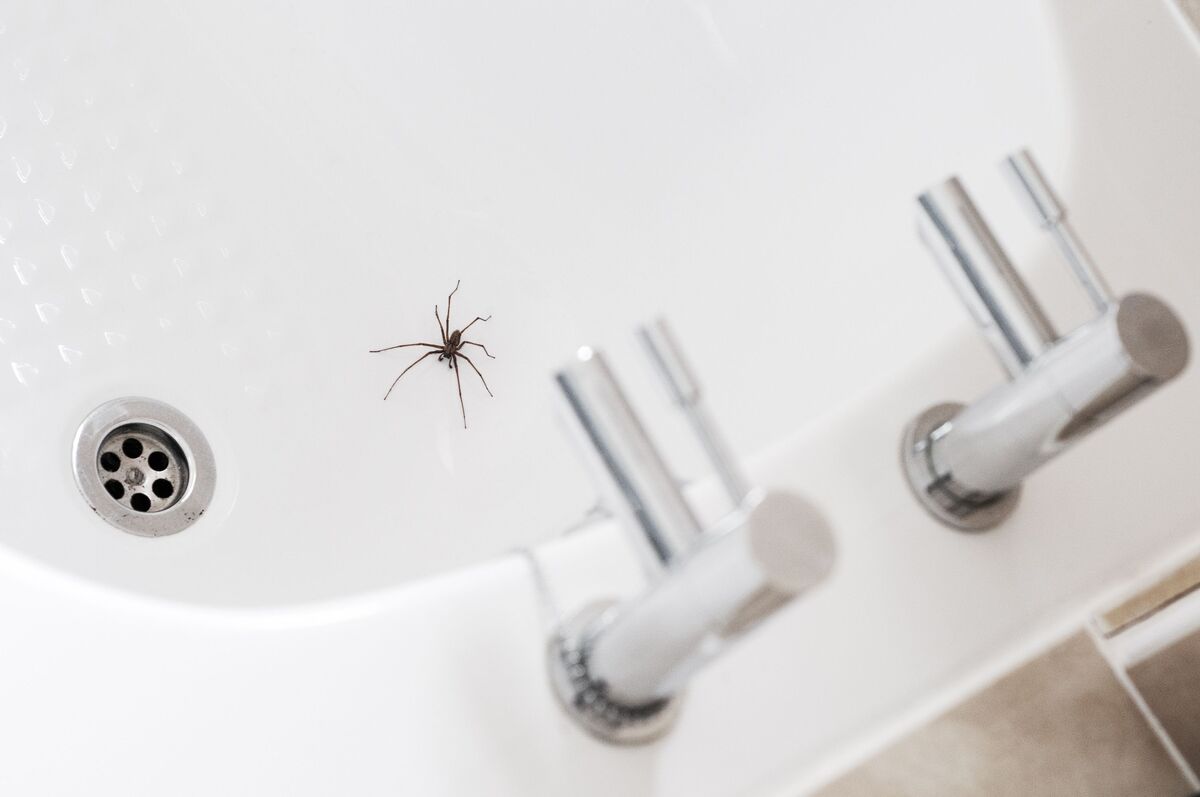
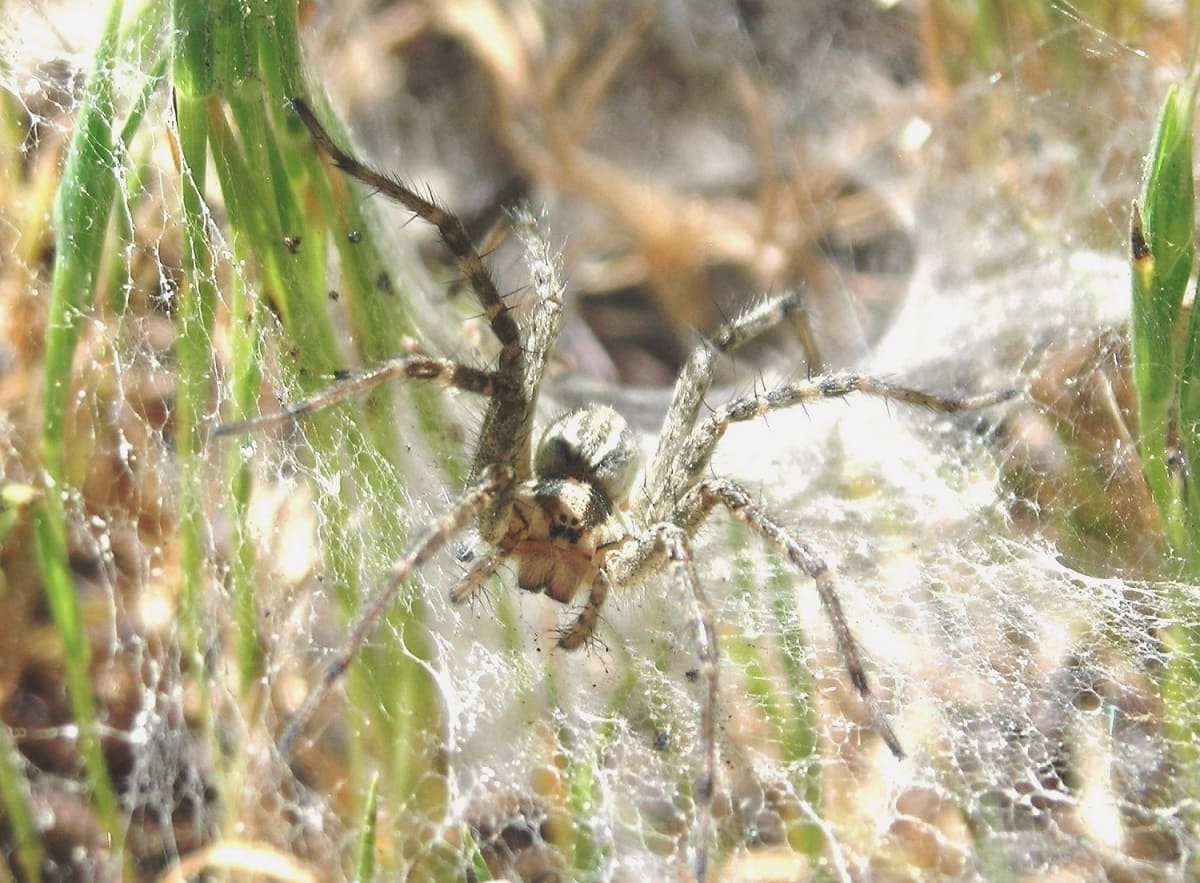
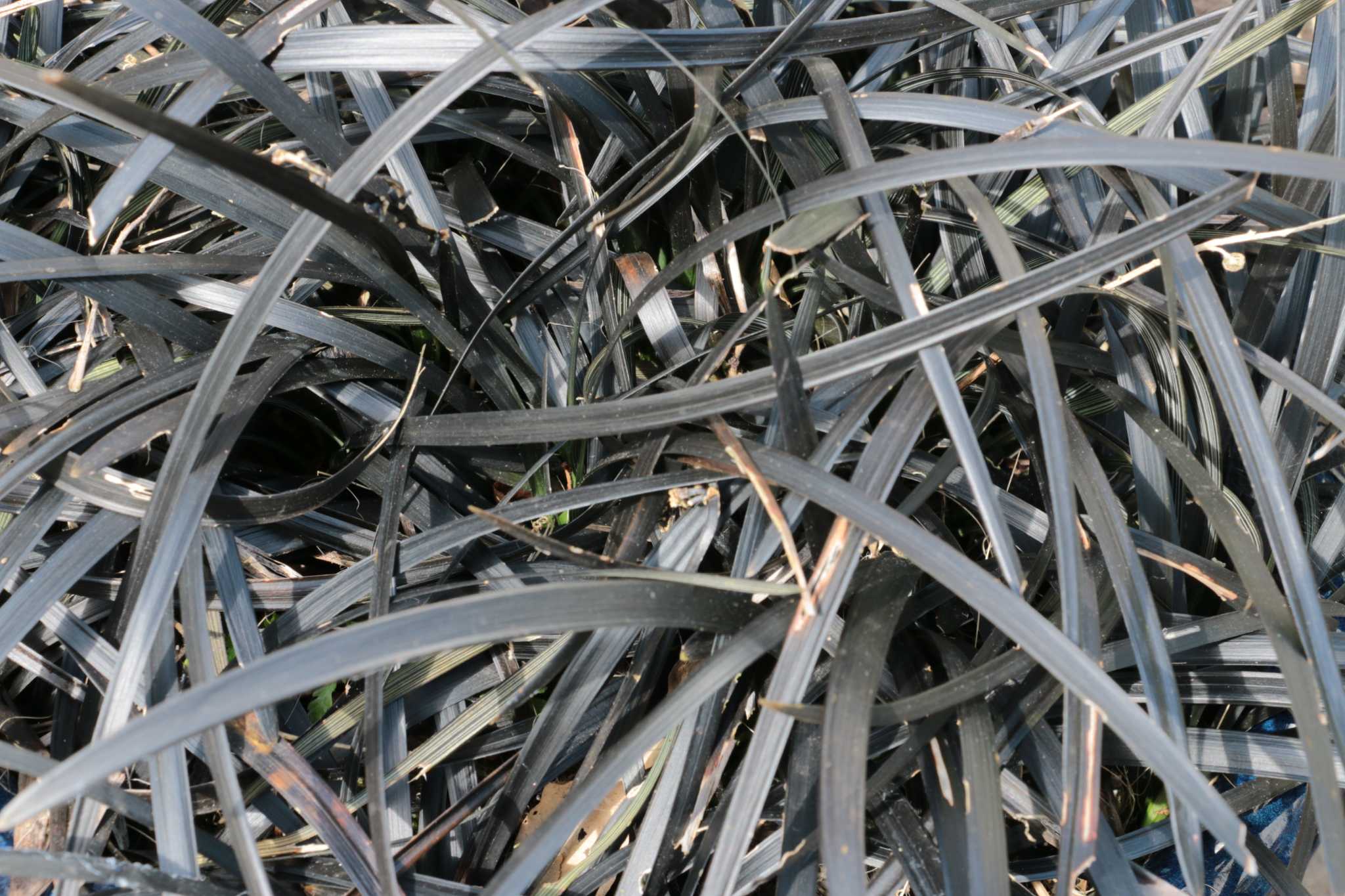

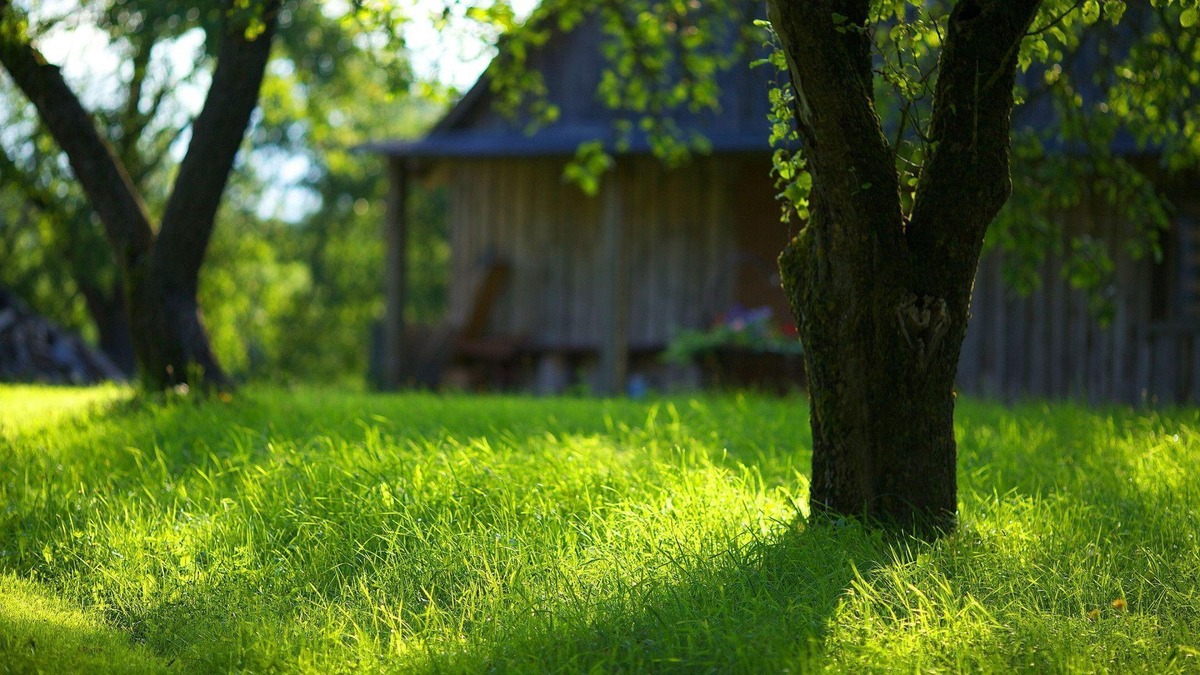
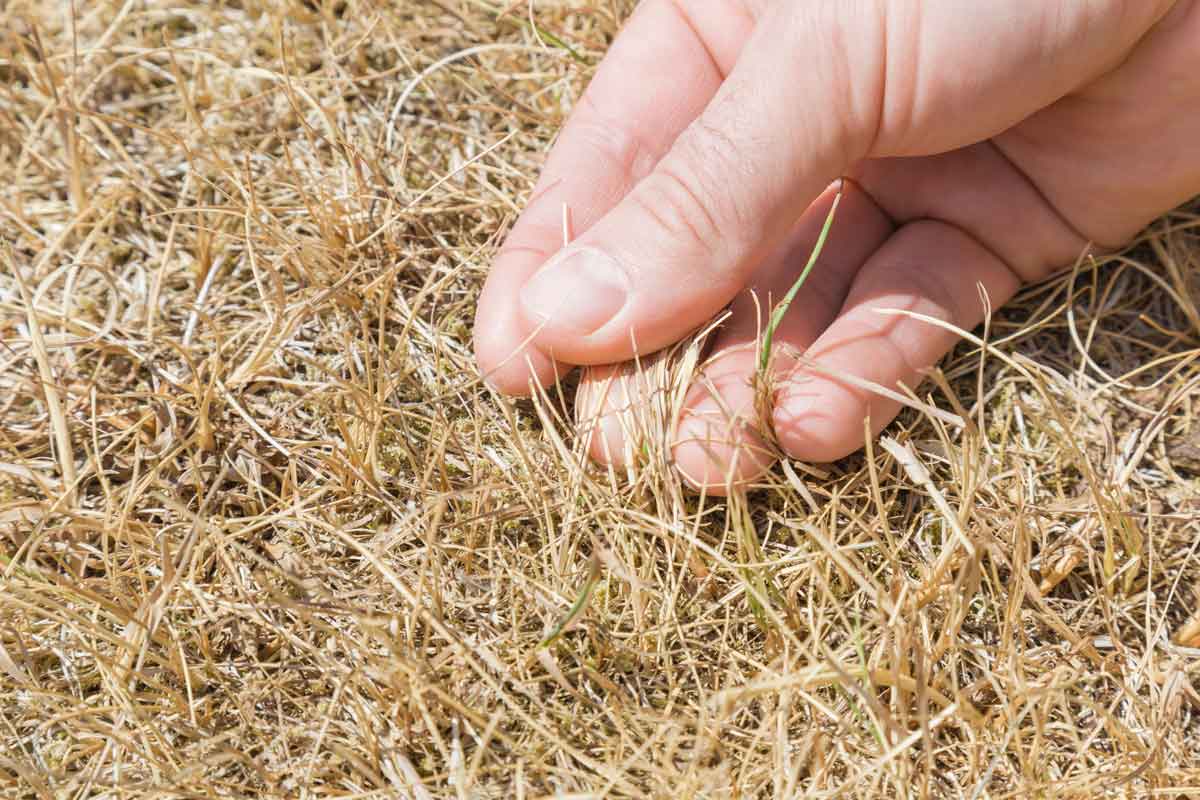
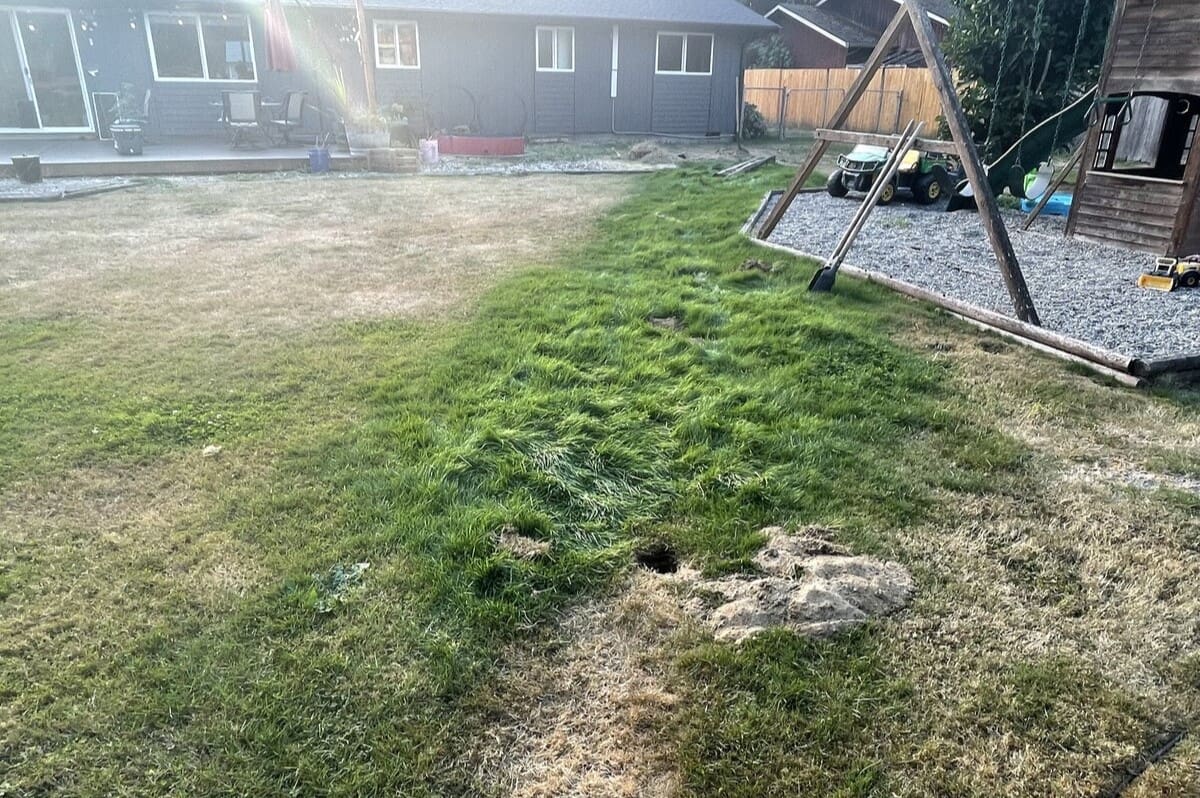
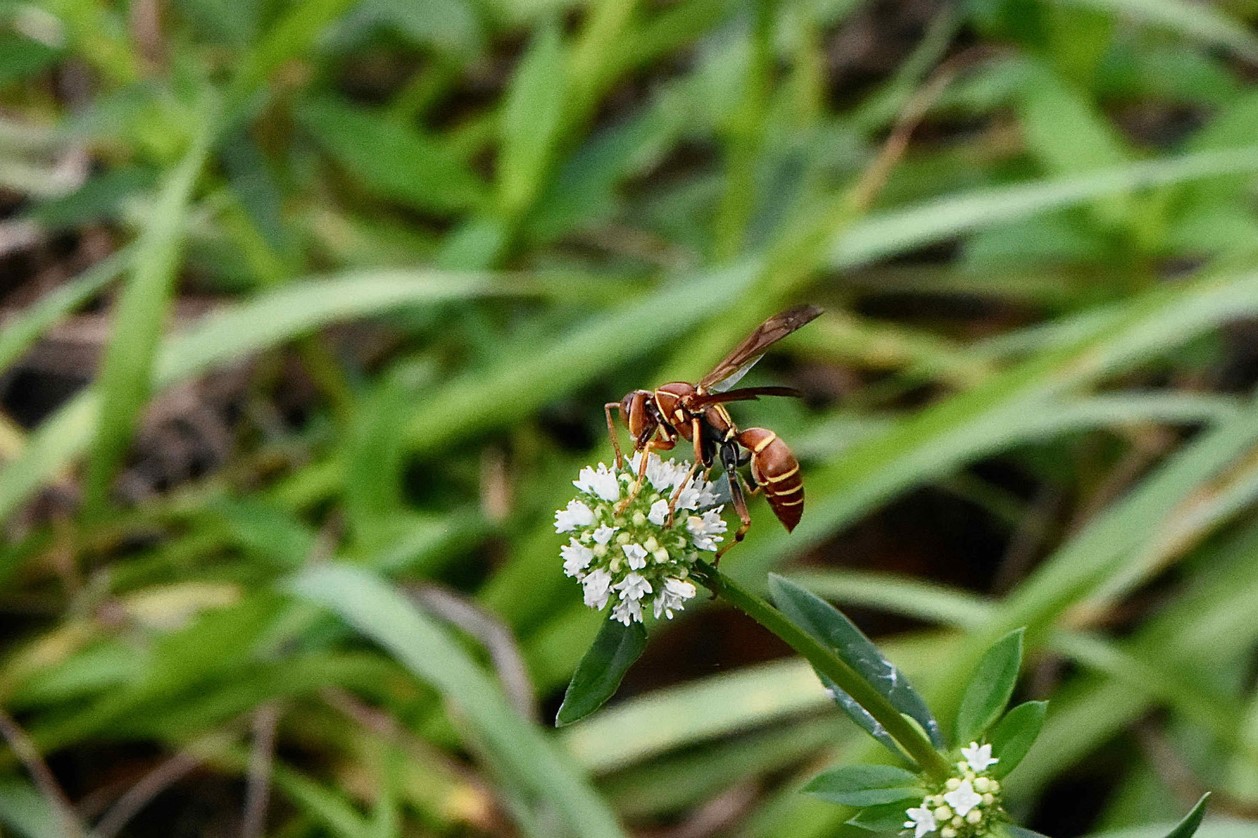
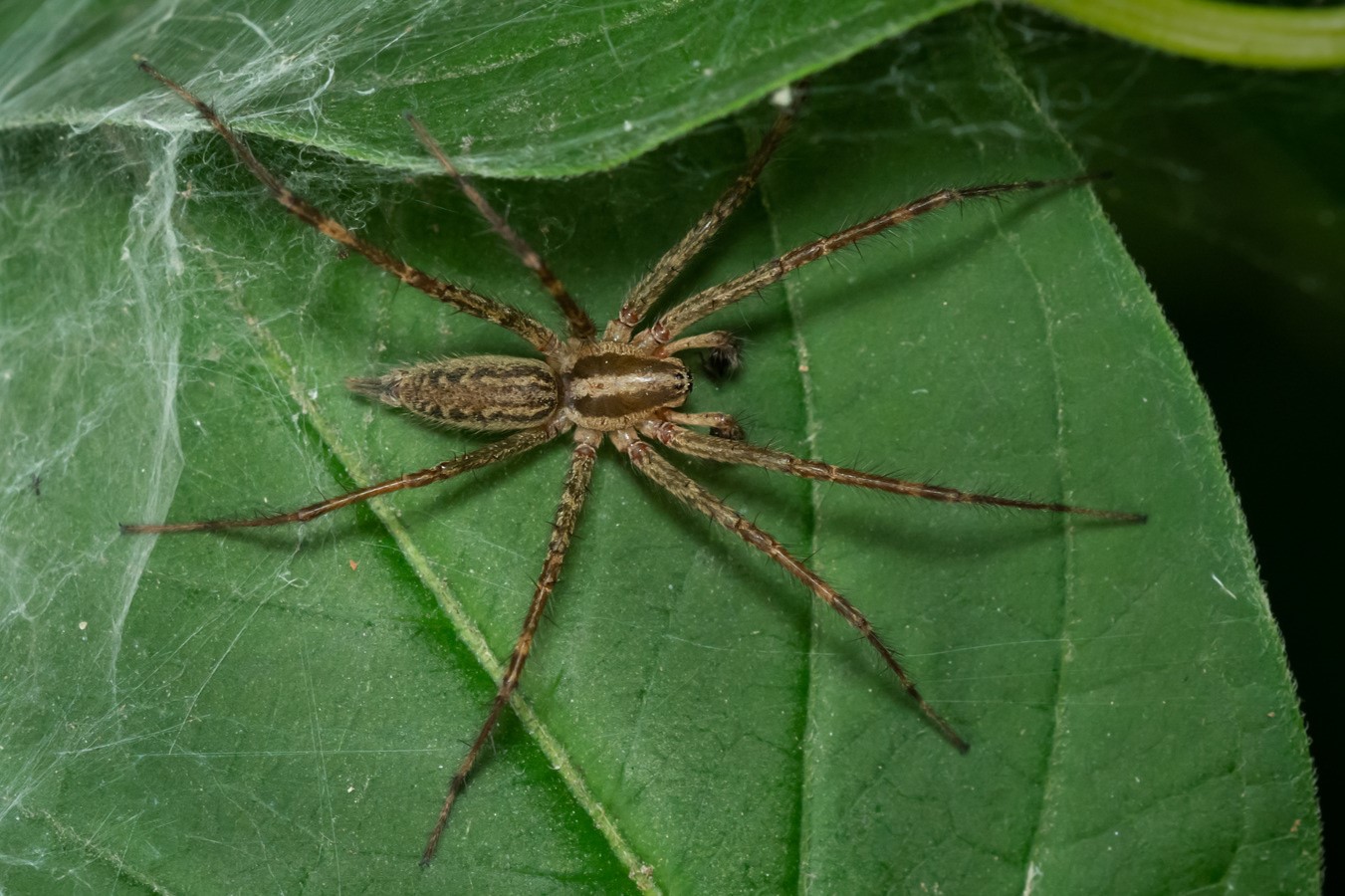
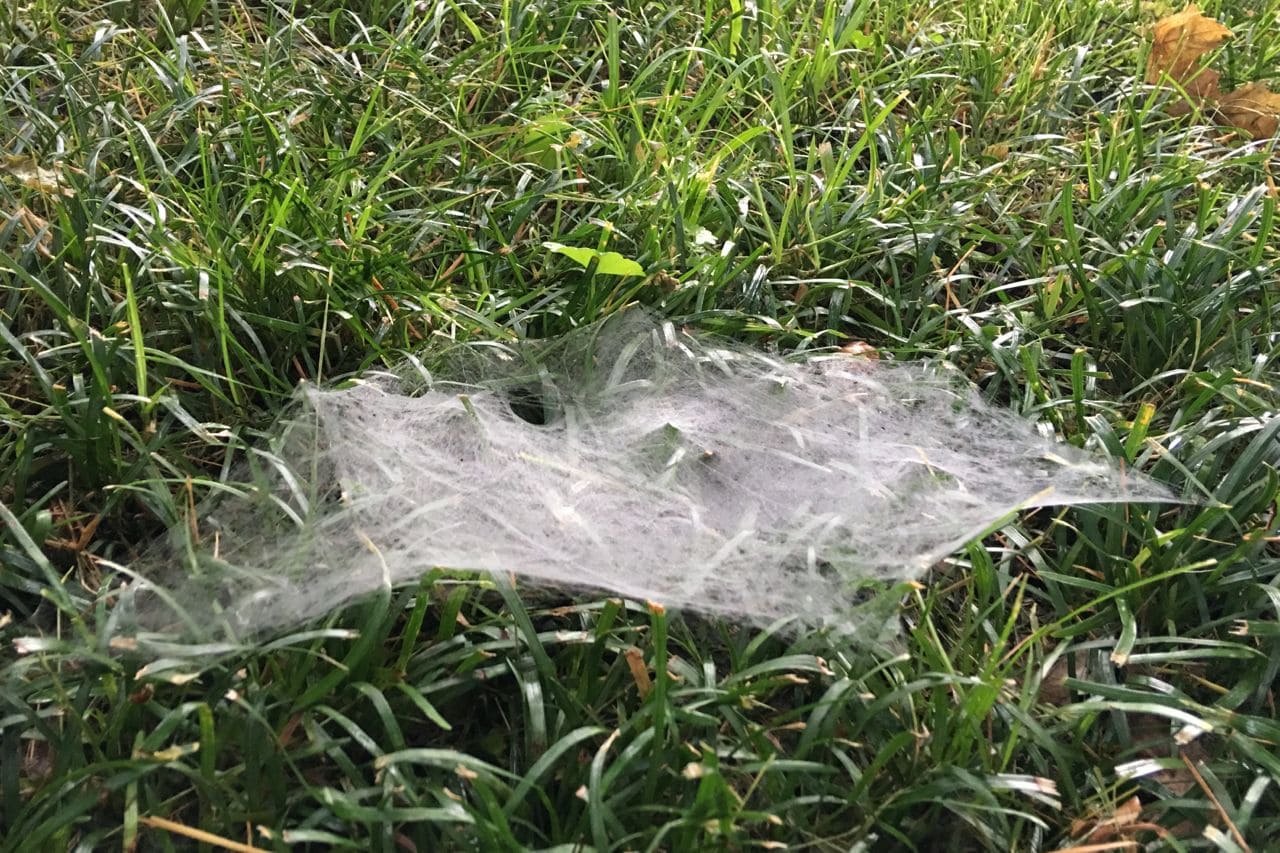
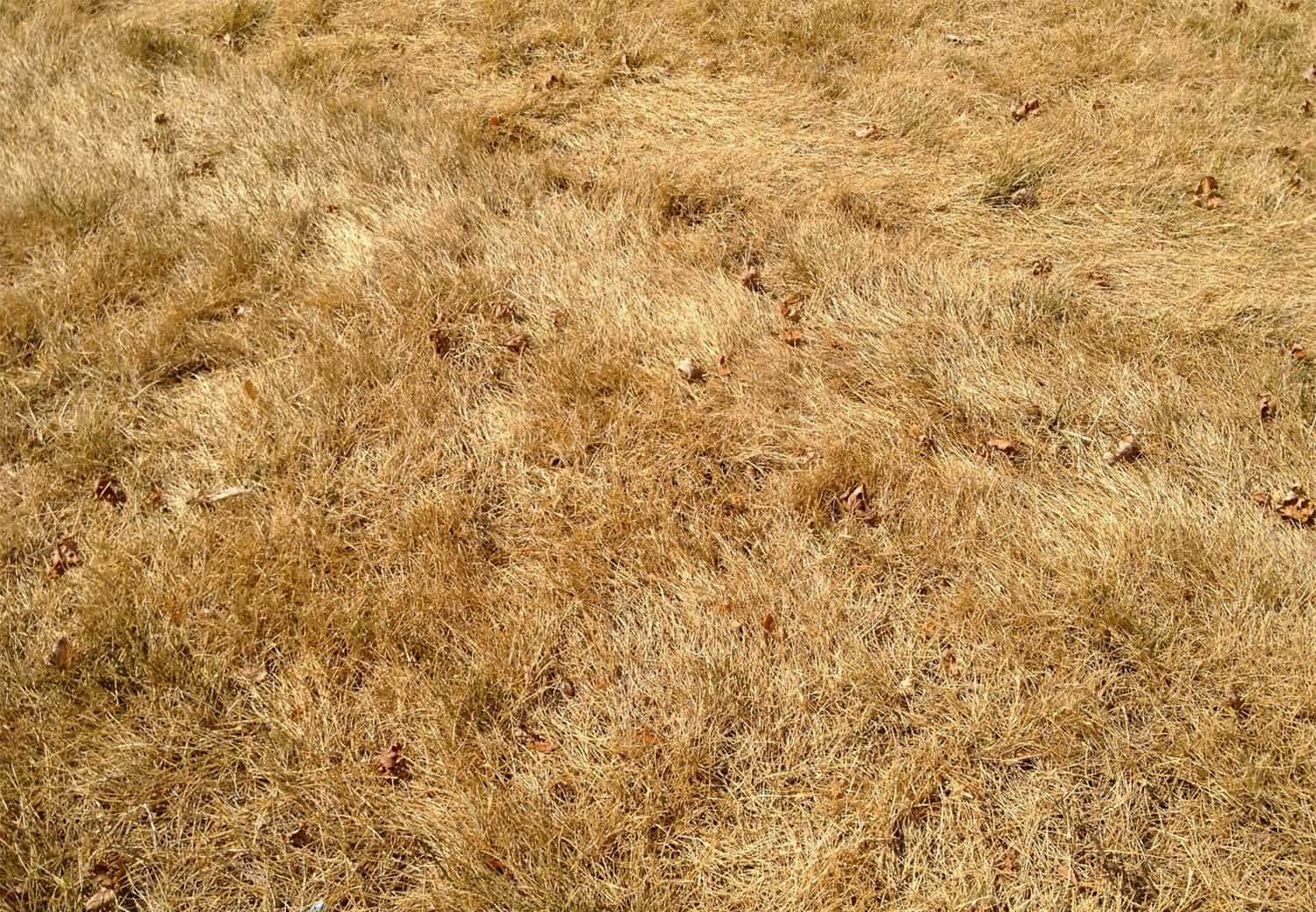



0 thoughts on “Why Are Grass Spiders In My House”